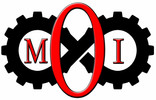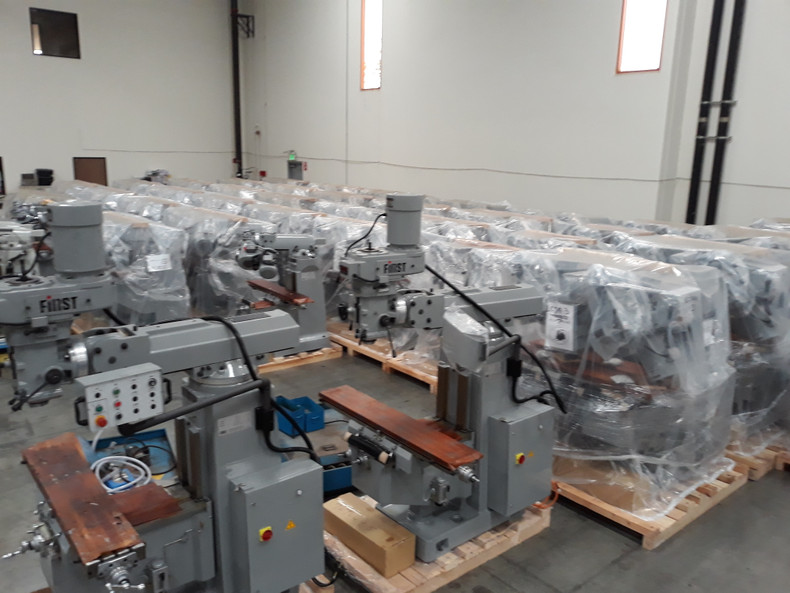Milling machines are an essential tool in the manufacturing industry. They are used to shape, cut, and create precise parts and components from a variety of materials, including metal, wood, and plastic. A milling machine operates by using a rotating cutting tool to remove material from a workpiece, which is held securely in place on a bed or worktable. The tool is guided by a computer-controlled system or a skilled operator to create intricate shapes and designs with high precision.
Types of Milling Machines:
There are several types of milling machines, each designed for specific purposes. Here are the most common types:
Vertical Milling Machine:
A vertical milling machine has a spindle that is perpendicular to the worktable. This type of machine is ideal for making flat or perpendicular cuts, and it is commonly used in milling slots and keyways.
Horizontal Milling Machine:
A horizontal milling machine has a spindle that is parallel to the worktable. This type of machine is ideal for making angular cuts and can produce a wide range of shapes and sizes.
Turret Milling Machine:
A turret milling machine has a spindle that is mounted on a turret, which allows the machine to perform multiple cutting operations without the need for repositioning the workpiece.
Bed Milling Machine:
A bed milling machine has a bed that can move in multiple directions, allowing for a variety of cutting angles and shapes.
CNC Milling Machine:
A CNC milling machine uses computerized controls to operate the cutting tool, resulting in highly precise and repeatable cuts. CNC milling machines are commonly used in the manufacturing industry for mass production of components and parts.
Advantages of Milling Machines:
Precision:
Milling machines can produce very precise cuts and shapes, making them ideal for creating complex parts and components with high accuracy.
Versatility:
Milling machines can work with a variety of materials, including metal, wood, and plastic, allowing for a wide range of applications.
Efficiency:
Milling machines can perform multiple operations in a single setup, reducing the time and labor required to produce a part or component.
Consistency:
With the use of CNC controls, milling machines can produce identical parts with high consistency, ensuring uniformity in the final product.
Cost-effectiveness:
While milling machines can be expensive to purchase and maintain, they can save money in the long run by reducing production time and labor costs.
Applications of Milling Machines:
Milling machines are used in a variety of industries and applications, including:
Aerospace:
Milling machines are used to produce precise parts for aircraft engines and other components.
Automotive:
Milling machines are used in the production of engine blocks, transmission parts, and other automotive components.
Medical:
Milling machines are used to produce precise components for medical devices and implants.
Electronics:
Milling machines are used to produce components for electronic devices, such as printed circuit boards.
Tool and Die Making:
Milling machines are used in the production of molds, dies, and other tooling used in manufacturing processes.
Conclusion:
Milling machines are an essential tool in the manufacturing industry, allowing for precise, efficient, and versatile production of parts and components. With their wide range of applications and capabilities, milling machines continue to play a crucial role in the production of a variety of products and industries. Whether operated by skilled operators or computerized controls, milling machines offer high precision and consistency, making them an indispensable tool in modern manufacturing.

